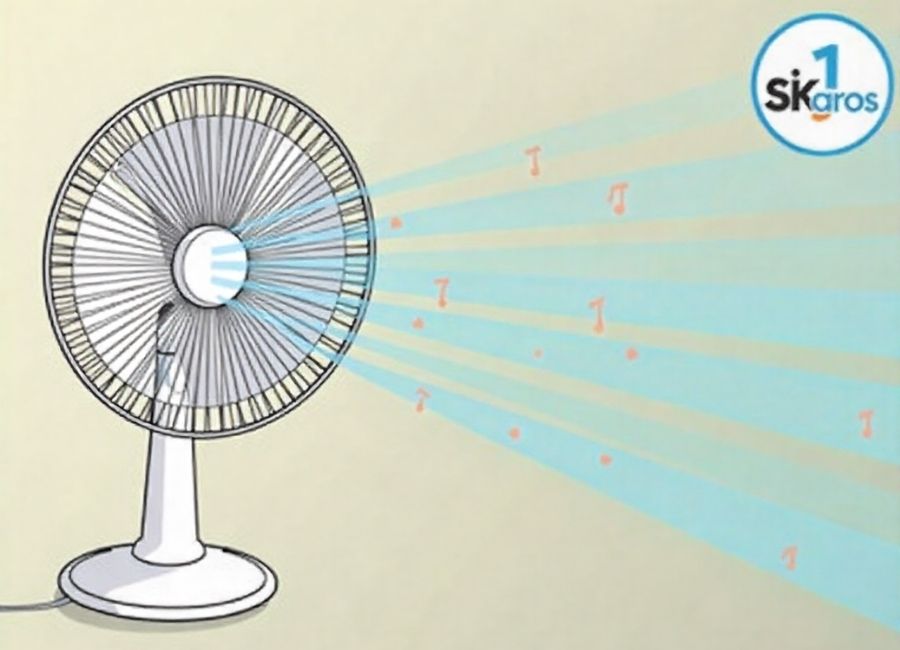Fans circulate air, but they don’t actually cool it down. When the temperature rises and your fan feels like it’s just pushing hot air around, you need smarter strategies to create that refreshing breeze you’re craving.
The good news? You can transform your regular fan into a cooling powerhouse with a few clever tricks. These methods work by either cooling the air before it reaches you or creating better airflow patterns that enhance your body’s natural cooling process.
Whether you’re dealing with a broken air conditioner, want to reduce energy costs, or simply prefer the gentle circulation of fan-cooled air, these techniques will help you stay comfortable when the heat becomes unbearable.
Position Your Fan Strategically for Maximum Cooling
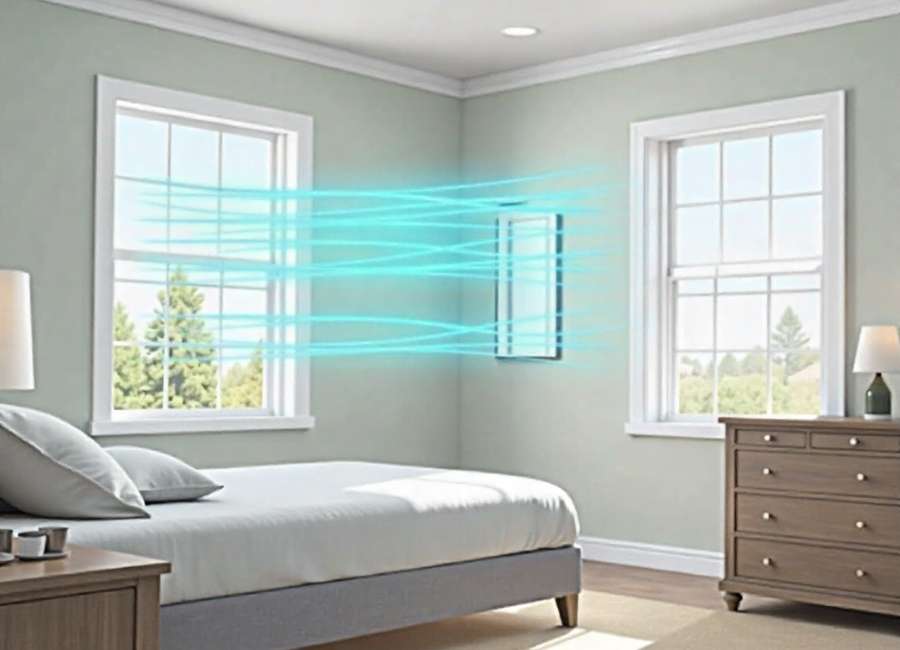
Create Cross-Ventilation
The most effective way to cool a room with fans is to create a flow of air that moves hot air out while drawing cooler air in. Place one fan near a window, blowing air into the room, and position another fan across the room, blowing air toward an open window or door. This creates a cooling breeze that continuously replaces warm indoor air with fresher outdoor air.
Use the Stack Effect
Hot air rises naturally, so place a fan in an upstairs window blowing outward to pull hot air from lower floors. This technique works especially well in multi-story homes and can drop indoor temperatures by several degrees. (I thought this viral cooling fan hack was crazy – but it actually works, 2025)
Point Fans Away from You at Night
This might seem counterintuitive, but pointing a fan away from your body and toward an open window can be more effective for cooling. The fan pushes warm air out of the room, creating negative pressure that draws cooler night air in through other openings.
Use Ice and Water to Cool the Air
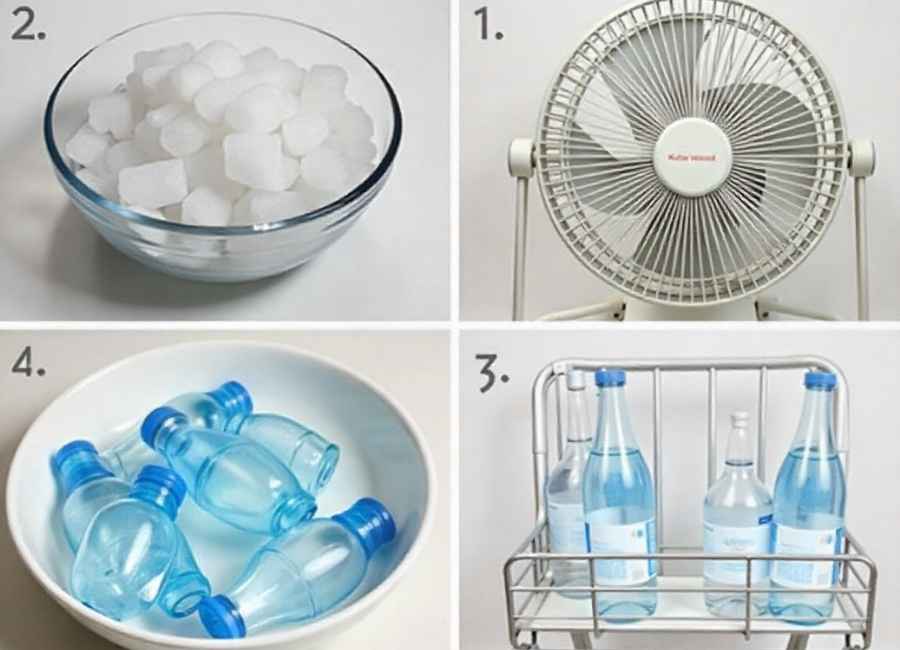
The Ice Bowl Method
Fill a large bowl with ice cubes and place it directly in front of your fan. As the ice melts, it absorbs heat from the surrounding air. The fan then blows this cooled air toward you, creating a makeshift air conditioner. (Does Putting Ice Behind a Fan Work?, n.d.) Replace the ice as it melts to maintain the cooling effect.
Frozen Water Bottles
For a longer-lasting solution, freeze several water bottles and arrange them in a shallow pan in front of your fan. The bottles will stay cold longer than loose ice, and you can rotate them back to the freezer as they warm up.
Wet Towel Technique
Hang a damp towel over a chair positioned in front of your fan. As water evaporates from the towel, it cools the air that passes over it. This method works best in dry climates where evaporation happens quickly. (Does the Wet Towel and Fan Trick Really Work?, 2025)
Optimize Your Fan Settings and Maintenance
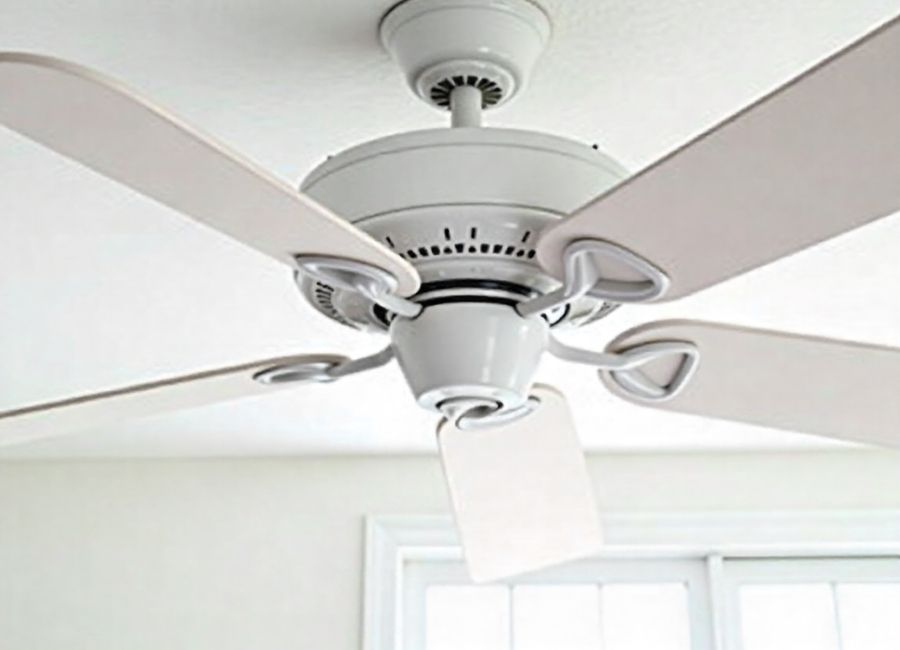
Run Ceiling Fans Counterclockwise
Most ceiling fans have a switch that changes the direction of the blades. During hot weather, ensure your fan runs counterclockwise (when looking up at it). This pushes air downward, creating a wind-chill effect that makes you feel cooler. (What Direction Should A Ceiling Fan Go In Summer?, 2024)
Clean Your Fan Regularly
Dust buildup on fan blades reduces efficiency and can make your fan work harder while moving less air. (Operate Ventilation Systems for Maximum Efficiency, 2023) Clean the blades monthly with a damp cloth, and vacuum the motor housing to ensure optimal performance.
Use Multiple Speeds Strategically
Don’t always run your fan on the highest setting. Sometimes a gentle, consistent breeze feels more comfortable than a strong wind. Experiment with different speeds throughout the day to find what works best for your comfort level.
Enhance Cooling with DIY Air Conditioning
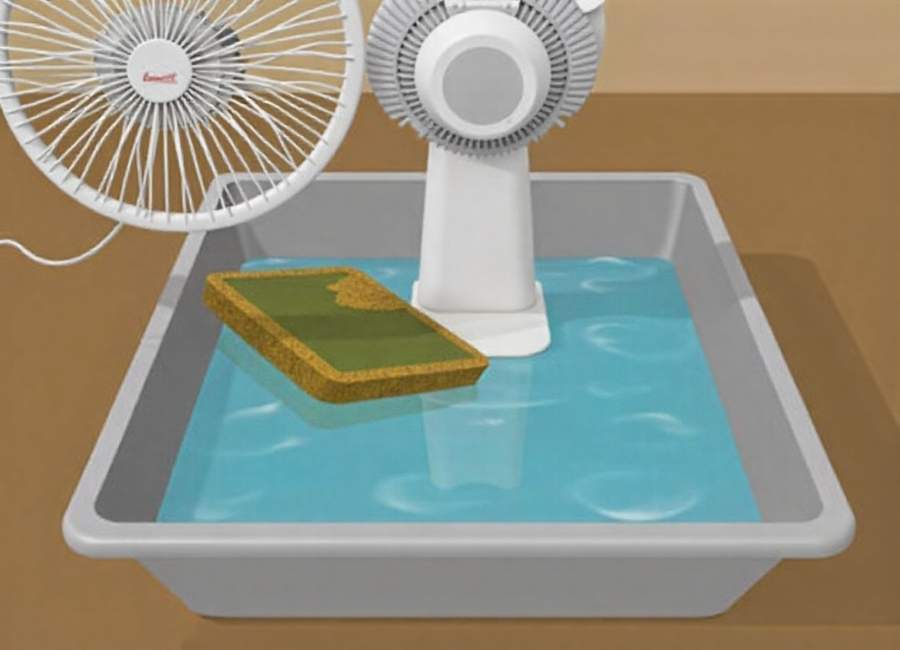
Create a Swamp Cooler
This method works best in dry climates. (Haile et al., 2024) Place a shallow pan of water in front of your fan, ensuring the water level is just below the fan’s air intake. You can enhance this by adding a wet sponge or cloth that partially sits in the water. The fan will blow air over the wet surface, cooling it through evaporation.
Use Frozen Gel Packs
Gel packs stay colder longer than ice and don’t create puddles when they melt. Place several frozen gel packs in a container positioned in front of your fan for extended cooling without the mess.
Time Your Fan Usage Effectively
Early Morning and Evening Operation
Run your fans during the coolest parts of the day to bring fresh air into your home. Start fans early in the morning when outdoor temperatures are lowest, then switch to exhaust mode during the hottest afternoon hours.
Night Flush Cooling
Open windows and run fans all night when outdoor temperatures drop below indoor temperatures. This “flushes” hot air from your home and pre-cools it for the next day. (Keeping Cool, n.d.) Close windows and curtains in the morning to trap the cool air inside.
Combine Fans with Other Cooling Methods
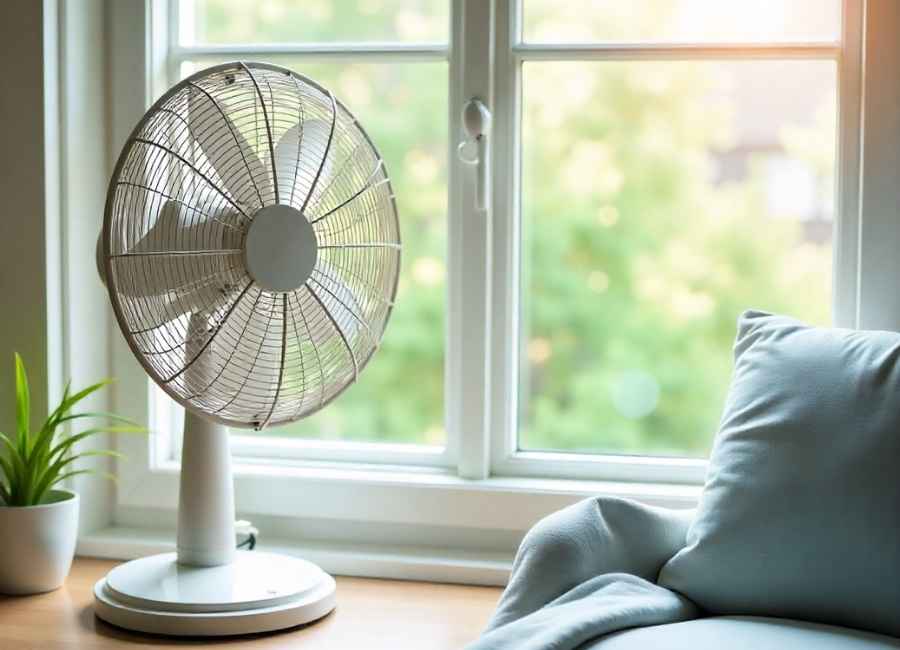
Block Heat Sources
Use fans more effectively by reducing the heat load in your room first. Close curtains during sunny hours, turn off unnecessary electronics, and avoid using heat-generating appliances during the hottest parts of the day.
Create Shade
Position fans in shaded areas when possible. A fan in direct sunlight will blow warmer air than one positioned in a cool, shaded spot. (How Much Does Shade Lower Temperature?, n.d.) If you’re using an outdoor fan, create shade with umbrellas or awnings.
Personal Cooling Zones
Instead of trying to cool an entire room, focus on creating a cool zone around where you spend the most time. Position a small desktop fan to blow directly on you while you work, or set up a floor fan next to your favorite chair.
Turn Your Space Into a Cool Retreat
Making a fan blow cold air doesn’t require expensive equipment or major modifications to your home. These simple techniques work because they address the basic principles of heat transfer: moving hot air away, bringing cooler air in, and using evaporation to reduce air temperature. (Evaporative cooler, n.d.)
Start with strategic fan placement to create airflow through your space. Add ice or water elements for immediate cooling relief. Keep your fans clean and properly maintained for maximum efficiency.
The most effective approach combines several of these methods. Try the ice bowl technique with proper fan positioning, or create a swamp cooler while using the night flush method. Experiment to find the combination that works best for your space, climate, and comfort preferences.
Your regular fan can provide surprising relief when you use it smartly. With these proven techniques, you’ll stay cooler while spending less on energy costs than traditional air conditioning.







